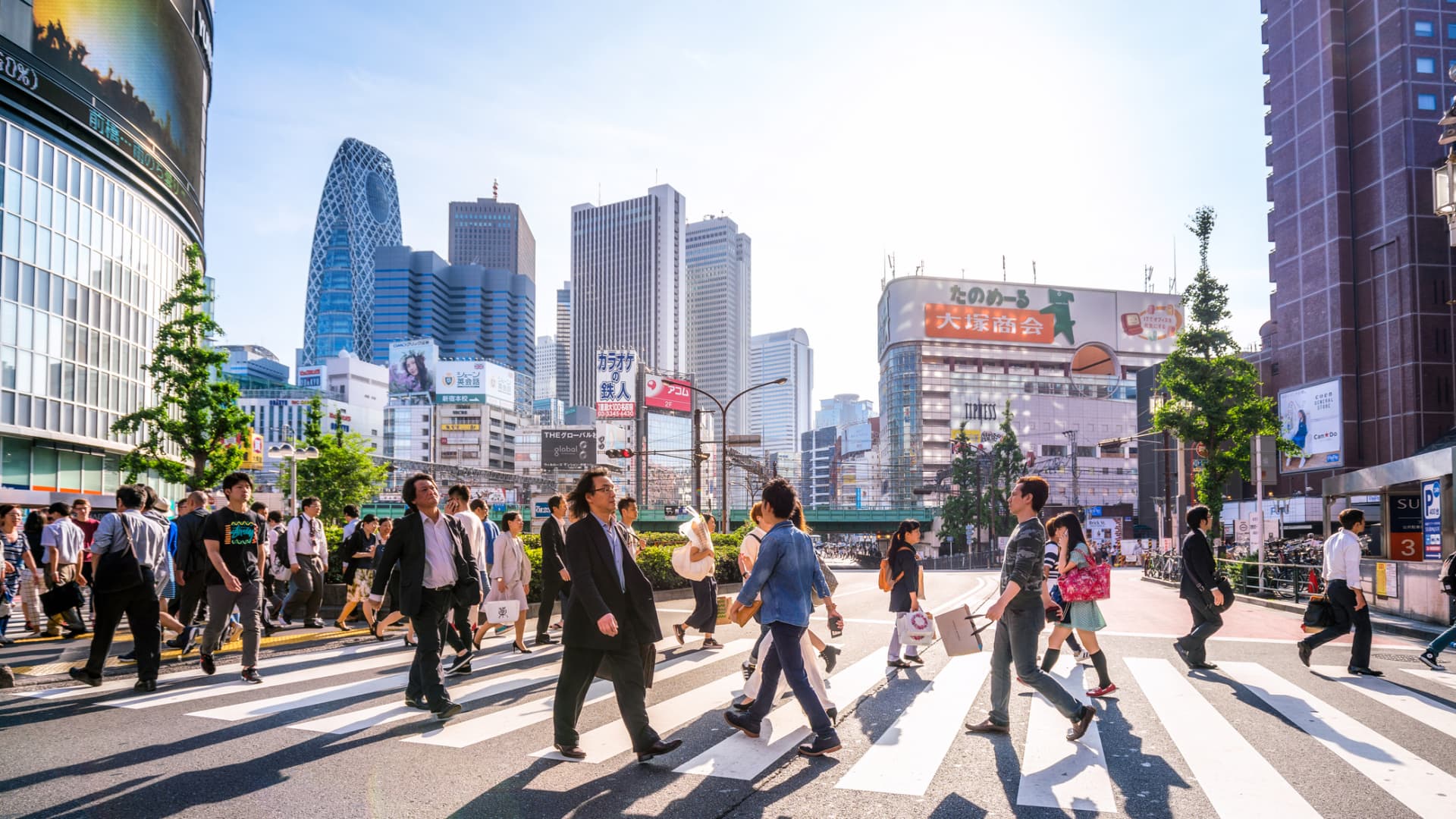Japan’s salary and benefits packages for expats remained the highest in Asia, a new report has found.
The average expatriate package in Japan costs employers $370,183, according to “MyExpatriate Market Pay” survey by data company ECA International.
That’s however 12% lower than last year, due to the weak Japanese yen, which has fallen 9% this year.
As a result, when measured in U.S. dollars, costs for salary, benefits and taxes “all fell by double-digit percentages,” the report said.
Globally, Japan ranked second while the U.K. retained its top spot as the most expensive location in the world to send expatriates.
The study — which takes into account cash salaries, benefits such as accommodations or utilities, and tax — was conducted to assist companies with “benchmarking their packages against the market,” said ECA International.
More than 340 companies and over 10, 000 international assignees took part in the survey.
Higher salaries for expats in Asia
According to ECA International, overall compensation increased by an average of 7% throughout Asia between 2021 and 2022 when measured in local currency.
Only expatriates in Laos, China and Hong Kong received lower salary and benefits packages in 2022 when measured in local currency.
The salary increase in local currency terms can be attributed to inflation, explained Lee Quane, ECA International’s regional director for Asia.
“Some companies provide a cost of living allowance in order to ensure that the expatriate’s home country purchasing power can be protected when working overseas,” he added.
“In 2022 some countries in the region experienced relatively high rates of inflation, requiring companies to increase these allowances.”
Countries like Singapore saw the rising cost of living drive up expatriate salary and benefit packages by 4% compared to 2021, said the report.
“The surge in the cost of expatriate accommodation in Singapore is being felt by locals and expatriates alike, as reflected in the 9% increase in the cost of benefits in expatriate packages when measured in USD terms,” Quane explained.
Most expensive countries in Asia to send overseas workers
- Japan: $370,183
- India: $354,028
- China: $313,011
- Hong Kong: $278,020
- Korea Republic: $275,727
With packages costing an average of $258,762, Singapore propelled six places to the 16th most expensive place to employ expatriates globally, while ranking 7th in Asia.
However, due to currency fluctuations, more than half the locations saw a drop in total cost of packages when measured in U.S. dollars.
For example, expatriate salaries in China fell by 5% in U.S. dollar terms in 2022. ”The yuan strengthened against most major currencies compared to 2021,” said Quane.
“As many expatriates are paid some or all of their salary in other currencies, this caused the average expat salary in yuan to fall.”
U.K. on top
The U.K. remains the most expensive location to send expatriates, with the average expatriate salary and benefits package amounting to $441,608 in 2022.
Employee benefits also increased 4% to $167,594 and are the most expensive in the world, with salaries accounting for less than a fifth of the total package.
Most expensive countries globally to send overseas workers
- U.K.: $441,608
- Japan: $370,183
- India: $354,028
- China: $313,011
- Hong Kong: $278,020
Meanwhile, the strength of the greenback pushed the U.S. up seven places in the rankings, and into the global top 10, said the report.
Despite a slight fall in salaries, the total cost of the package has risen by 6% to $272,770.
“Higher housing costs contributed to a 10% increase in the cost of benefits, meaning that companies will have found it more expensive to relocate staff to the U.S. in 2022,” ECA International added.
As cost of living continues to rise around the world, companies should continue to review allowances for employees who are abroad, said Quane.
“Companies who review this on a regular basis will better protect employee purchasing power and are more likely to retain critical expatriate employees than those who do not.”
Don’t miss: ‘Accent reduction’ at work is racist to some but empowering to others. Here’s a look at the controversy
Like this story? Subscribe to CNBC Make It on YouTube!
